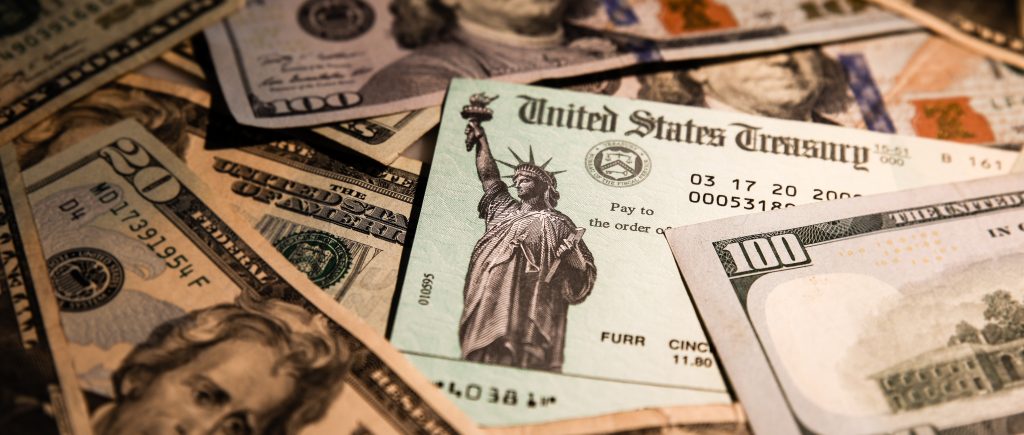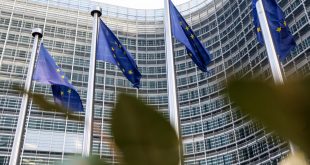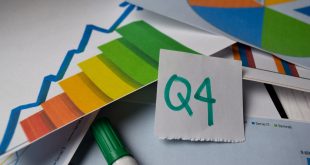According to the Research Department at BBVA, Treasury yields are likely to rise more, peaking at the time when the US Fed end with tightening monetary policy.
Analysts point out current Treasury yield spreads seem to continue to price in a soft landing. It is worth noting that one week ago, on Monday, June 13, huge selloffs rocked the Treasury markets when the yield curve inverted, for the second time this year.
Key Quotes:
“Slowing demand to bring down inflation without significant pain is “not getting any easier”; markets (still?) price in a soft landing.”
“With the Fed set to hike rates to a “modestly restrictive level” by year-end, the tightening pace is already faster than the one seen in the 1994-95 hiking cycle.”
“Futures markets are currently pricing that the fed funds rate will peak above 3.5% in mid-2023 which is broadly in line with the updated fed funds rates central tendency FOMC projections.”
“With a flat yield curve ahead, we expect both 2-and 10-year yields to keep moving in sync, while shorter-term Treasury yields continue to catch up, driven by upcoming Fed hikes.”
“Market-based inflation expectations point to continued confidence that, over the longer term, the Fed will be able to bring down inflation to the 2.0% target.”
On Monday, June 13, US two-year Treasury yields rose above 10-year borrowing costs and the yield curve inverted, when it does, it often signals economic recession – on expectations interest rates may rise faster and further than anticipated. Markets have a prevalent view that aggressive rate hikes may tip the US economy into recession.
What should the yield curve look like?
The US Treasury finances government budget obligations by issuing various forms of debt. The $23 trillion Treasury market includes bills that mature in one month to one year, two- to 10-year notes, and 20- and 30-year bonds.
The yield curve, which plots the return on all Treasury securities, typically slopes upward as the payout increases with the duration. Yields move inversely to prices. So, a steepening curve practically signals expectations for stronger economic activity, higher inflation, and higher interest rates. A flattening curve can mean investors expect near-term rate hikes and are pessimistic about economic growth.
What does an inverted curve mean?
Investors watch parts of the yield curve as recession indicators, primarily the spread between three-month Treasury bills and 10-year notes, and the two- to 10-year (2/10) segment.
On Monday, the 2/10 part inverted, meaning two-year Treasuries yielded more than 10-year paper. Short-term yields, which are sensitive to interest rates, are rising with rate-hike expectations while higher long-term rates reflect concerns that the Fed will be unable to control inflation. The inversion signals that a recession could follow.
That part of the curve had inverted in late March for the first time since 2019. It steepened again as traders sharpened their focus on the pace and scope of the Fed’s plans to reduce its balance sheet.
The US curve has inverted before each recession since 1955, with a recession following between six and 24 months, according to a 2018 report by researchers at the Federal Reserve Bank of San Francisco. It offered a false signal just once in that time. That research focused on a slightly different part of the curve, between one- 10-year Treasury yields.
The yield curve has inverted 28 times since 1900 in 22 of instances, a recession has followed. For the last six recessions, a recession on average began six to 36 months after the curve inverted, she said.
WHY IS THE YIELD CURVE INVERTING NOW?
Yields of short-term US government debt have been rising quickly this year, reflecting expectations for a series of rate hikes by the Fed. Longer-dated government bond yields have moved at a slower pace amid concerns policy tightening may hurt the economy.
As a result, the shape of the Treasury yield curve has been generally flattening and in some cases inverting. The curve steepened in April and May but last week’s higher-than-anticipated inflation data shifted investors’ focus once again on the short-end of the curve. Two-year yields rose to a 15-year high of around 3.25% on Monday.
While rate increases can be a weapon against inflation, they can also slow economic growth by raising borrowing costs for everything from mortgages to car loans. The yield curve also affects consumers and business.
When short-term rates increase, US banks tend to raise benchmark rates for a wide range of consumer and commercial loans, including small business loans and credit cards, making borrowing more costly for consumers. Mortgage rates also rise.
When the yield curve steepens, banks can borrow at lower rates and lend at higher rates. When the curve is flatter their margins are squeezed, which may deter lending.

 Noor Trends News, Technical Analysis, Educational Tools and Recommendations
Noor Trends News, Technical Analysis, Educational Tools and Recommendations




